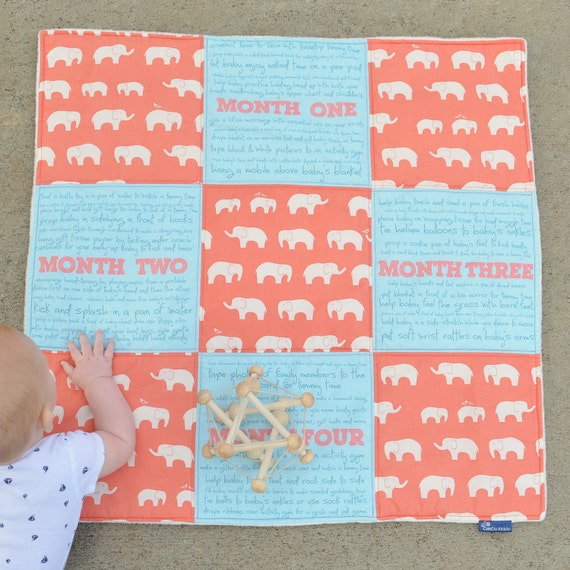photo credit / text added
Do you ever feel a little down about your job? Do you ever come home from work and all you can remember about your day is that one IEP meeting that didn't go so well, or the one child who didn't respond to your treatment the way you expected? By the end of your day, have you forgotten all about the parent who thanked you for everything you do or the child who looked up at you with a big grin and said, "I did it!"?
Please tell me I'm not the only one who has days like this.
Don't get me wrong, I love being an occupational therapist. And with that love for my job comes a desire (sometimes unhealthy) to do everything just right, all of the time. I know that is not realistic at all, but I just want the children I work with to grow and succeed. As an occupational therapist, I want to set them up for success. I set extremely high expectations for both myself and for the children and families that I work with. That's generally a good thing, but if I'm not careful, I can set myself up for disappointment (or worse - burnout).
Last fall, I took an online class through edX called The Science of Happiness. This is a class I took just for my own personal enjoyment, but I quickly discovered that I was learning strategies that were helping me both personally and professionally. There is one strategy in particular that I would like to share with you today in which you spend some time at the end of your day reflecting on three good things from the day.
As I was completing this exercise, I quickly discovered that one or more of my "good things" happened while at work, and in competing this exercise I was beginning to feel more confident, competent and satisfied with my work. Pretty awesome, right? And it's so simple!
Here's how it works:
- Spend a few minutes to reflect on your day and write down three good things that happened.
- Write down how each thing made you feel (e.g. happy, proud, excited, etc).
- Write down what caused this "thing" to happen.
See? It's simple! It's easy to rush through this and just think about three good things from your day, but the reflection that takes place in steps two and three are crucial to really understanding your role in making these positive things happen.
For example, one day, one of my "good things" was that a child wrote the letter A all by himself. We had been working so hard on diagonals and then one day, he got it! I was so excited and I was so happy for him! When I took the time to reflect on why he was able to do that, I realized that it didn't just happen out of nowhere. It was due to his hard work, his parents follow through at home, and my effective therapy techniques.
It is so easy for me to brush off all of the successes of the kids I work with as being entirely due to their hard work and perseverance, but it's only fair to give myself some credit for setting them up for success. I found this exercise opened my eyes to what I was doing well and making me think about other ways I could be an even better therapist. Win-win.
Ways to use incorporate "three good things" into your practice:
- While I think this is a great exercise to reflect on your day as a whole, if you're feeling in a rut at work, it might be beneficial to reflect on only your work day a few times per week.
- If it feels like too much of a time commitment to do this on a daily basis, try it once or twice a week.
- Are you a fieldwork educator? Try having your fieldwork student use this exercise to reflect on what went well during their day. Students can become easily overwhelmed with all of the new information and this can help them focus on what's going well.
- Are you an OT student? This isn't just for those already working! Try it out as you go through your days as a student.
- Encourage your colleagues to try it out, as well. Spend five minutes of your next staff meeting reflecting on three good things from your day (or week).
- Encourage your clients to use this strategy (even kids!). Those who are on the receiving end of OT may feel like everything is focused on what they can't do. Help them focus on what they can do!
What do you think? Is this something that you will try? If you do, please let me know how it goes!
For more information:
edX: The Science of HappinessDr. Seligman explains Three Good Things







